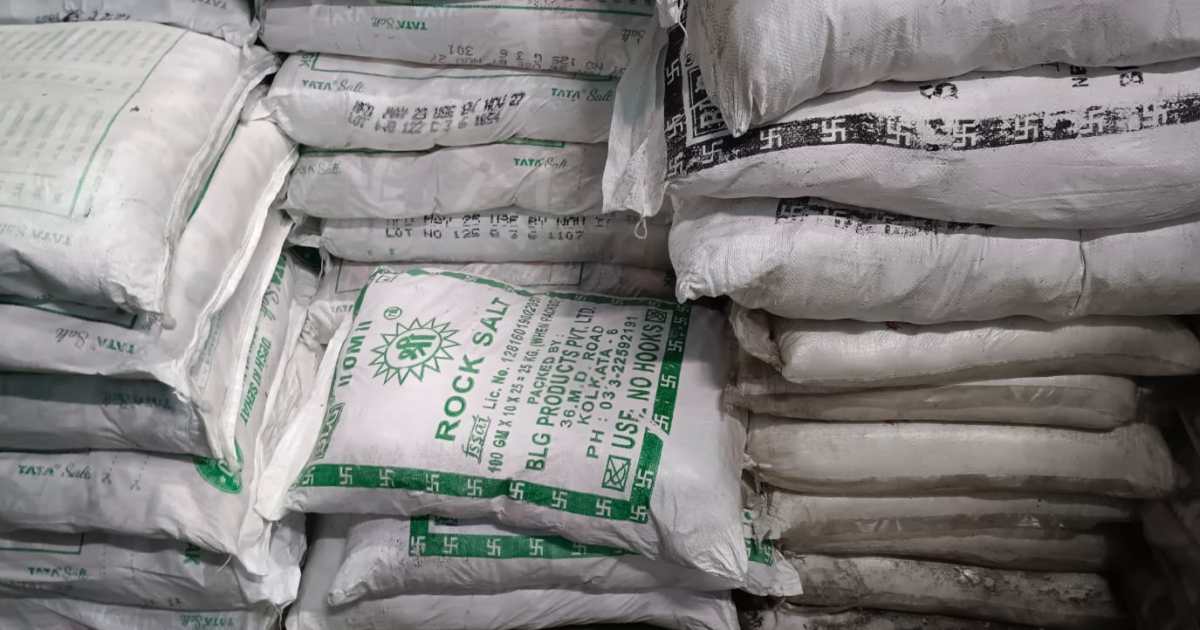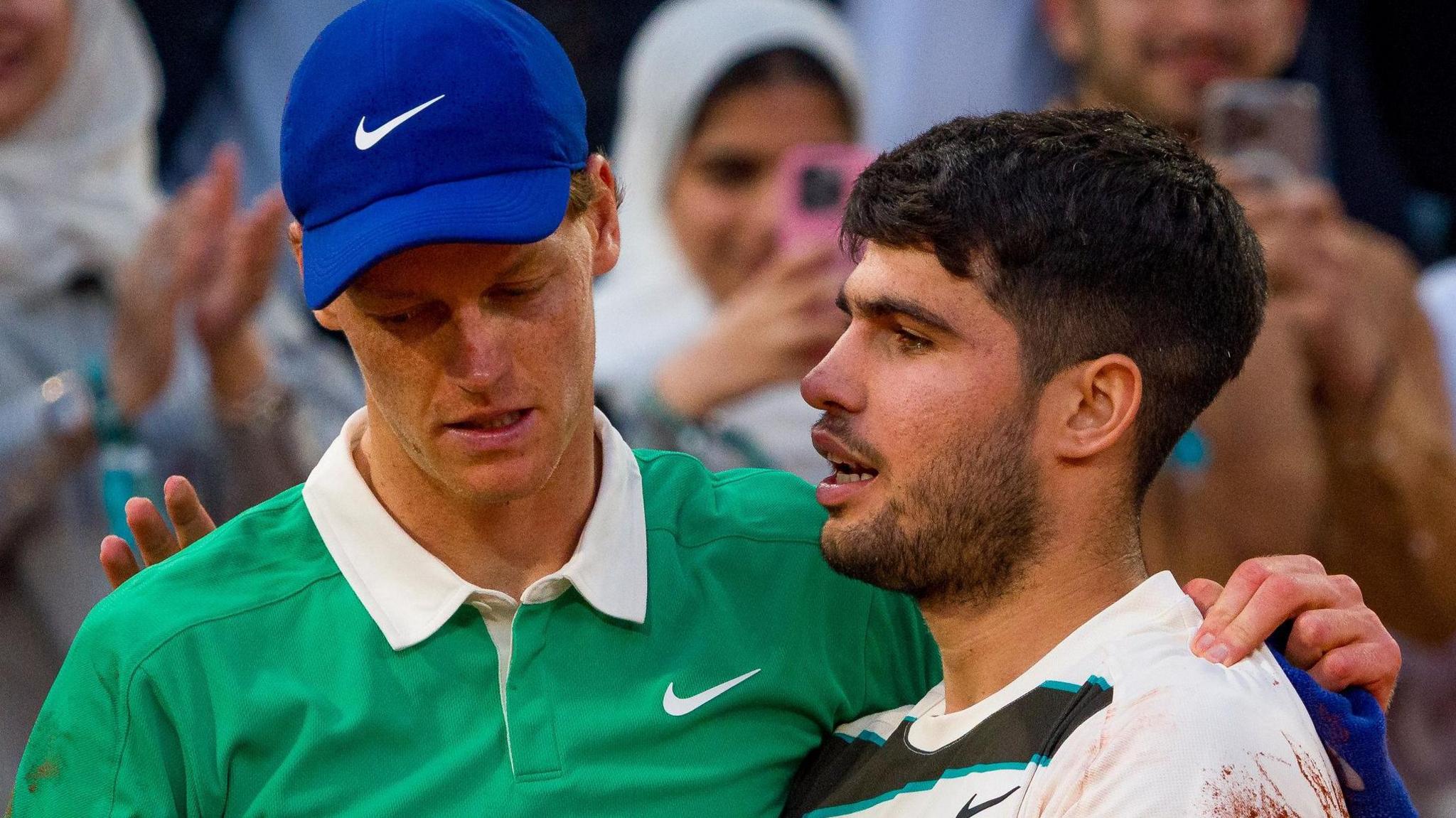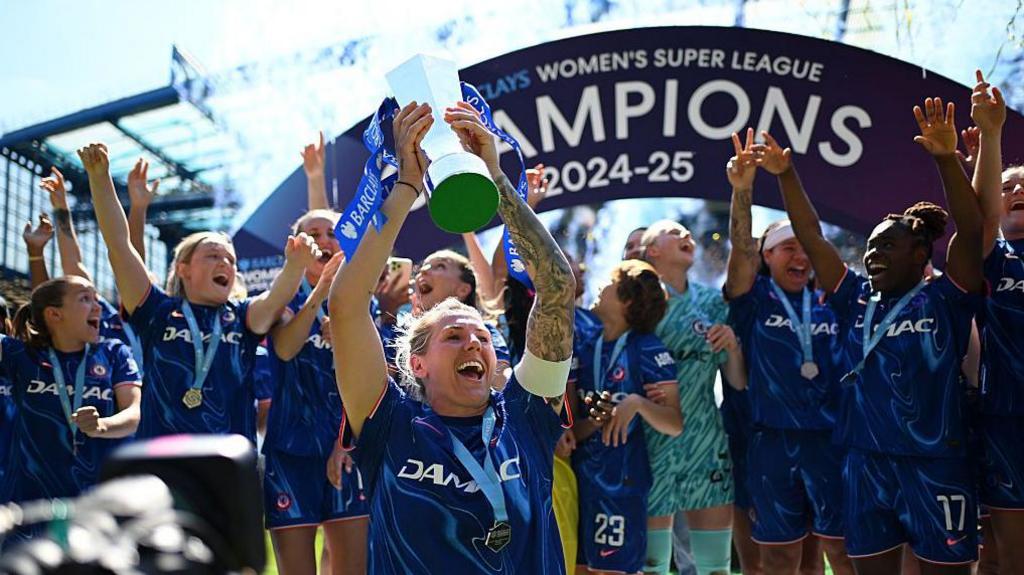Newcomer Laura Doddington has proved quite a hit on Albert Square. Here, she talks nearly quitting acting before bagging her EastEnders role – and the struggle for ‘women of a certain age’
Laura Doddington has quickly become a soap favourite after her bombshell entrance as Nicola Mitchell in EastEnders just a couple of months ago. Since then, her character has been embroiled in a murder and now a long-ago affair has been uncovered, which has blown up into major drama.
With the makings of a true soap matriarch, it’s no surprise Laura, 44, found herself nominated for Best Newcomer at the British Soap Awards last month. But before bagging her dream role, the actress of 22 years, she tells OK!, considered changing careers, thinking her big break would never come.
READ MORE: Amazon flash sale slashes price of a Nintendo Switch by £60 less than full price
“If I’m honest with you, the industry is hard at the moment,” says Laura, speaking to new prior to the awards ceremony. “Before this audition came through, I’d been looking at retraining to do something else. I’ve got a young kid – and that makes you think about their future and stability for them.
“I cut my son’s hair and I’m reasonably good at it, so I thought that might be an option. I was in Prime Suspect when I was in my twenties and The Midwich Cuckoos, but they weren’t massive parts. I was beginning to think it might not be possible to have that lead role.”
Cambridge-born Laura also had small roles in Doctors, Holby City and Casualty, as well as frequent theatre work, before getting the breakthrough she wanted so much. She landed the part of the latest feisty Mitchell woman, Nicola, nine months ago. “I’ve been a jobbing actor for 22 years and over that time you deal with really amazing highs, but also lows – missing out on jobs, not even getting seen for jobs,” Laura says.
“So when I got the part, even though I’d been in it before for a fleeting moment, I was ecstatic. I’m really lucky that [former executive producer] Chris Clenshaw took a punt on a jobbing actor and gave me the chance. This came at the right time. It feels incredible.”
Laura says the audition process was an emotional rollercoaster and she feared she’d missed out on the chance of a lifetime.”“I didn’t hear anything for four weeks,” she recalls. “I thought it had gone to someone else. Unfortunately, in this industry, when you get to over the age of about 35 and you haven’t made a name for yourself, the interesting roles sort of start drying up.
“We stop being interested in women when they get over a certain age, which is bonkers, and that’s why I love soaps and continuing dramas as they champion individuals of all ages and put characters at the heart of storytelling.” Eventually the call came through to say that Laura had got the part. “When I found out, there were a lot of tears and a lot of expletives,” she says, laughing.
Laura admits she was full of nerves when she stepped out in Albert Square for her first scenes as Nicola. But she says Adam Woodyatt, who plays Ian Beale and was her mentor, was on hand to help. “He was on set on my first day in case I had any questions,” she says.
“It was his day off but he came in, bless him. Everyone on the show is so welcoming and kind. It was daunting doing scenes with soap legends as colleagues. Seeing Steve [McFadden], Letitia [Dean] – it was just like, ‘Oh my God.’ But they are amazing. And the boys – Roland, Elijah and Lewis – they were awesome. We gelled so quickly.”
The new Mitchells – Teddy (Roland Manookian) and his sons Harry (Elijah Holloway) and Barney (Lewis Bridgeman) – arrived in Walford in June 2024, causing a stir when it was revealed they were Stevie Mitchell’s secret family. Mum Nicola joined later, having spent time behind bars for injecting unlicensed filler.
Laura says it can be intense filming dramatic scenes, so the cast often try to lighten the mood in between takes. “The boys and I often burst into song between takes,” she reveals. “It’s hilarious when you belt out a tune and no one else joins in and you’re like, ‘That song was too random.’
“I’m high energy, a bit like a cocker spaniel most of the time. Then I realise that I have to portray the character and I’ll take a minute to focus and get back into Nicola’s head.” Although very different to her villainous character, Laura says they do share one quality. “I relate to her protectiveness of her children,” she says.
Letting her young son watch her EastEnders entrance last year was the first and last episode he’s seen. “He turned to me and he said, ‘Mummy, you’re not very nice in this, are you?’ I went, ‘No I’m not, lovely.’ Then he asked, ‘Do you mind if I don’t watch it?’ In my head I was going, ‘Thank God – I mean, you were never going to watch it!’”
With a murder, an affair and a huge family secret now exposed, is there a future for Nicola on the soap? “There’s always redemption,” Laura jokes. “The knock-on effect of a secret of 16 years coming out would bring drama into anyone’s life. In Nicola and the boys’ case I think there’s a journey to be had in that. It’ll be interesting to see what she will do, how she repairs it with Barney.”
Hoping to be an Albert Square favourite for years to come, Laura says, “I don’t want to go yet! But in the end that’s not up to me. Everything is finite. I will just enjoy every moment that I’m here.”
See Laura in EastEnders on Monday to Thursday (with an extra show this week on Friday), 7.30pm, BBC One and BBC iPlayer












